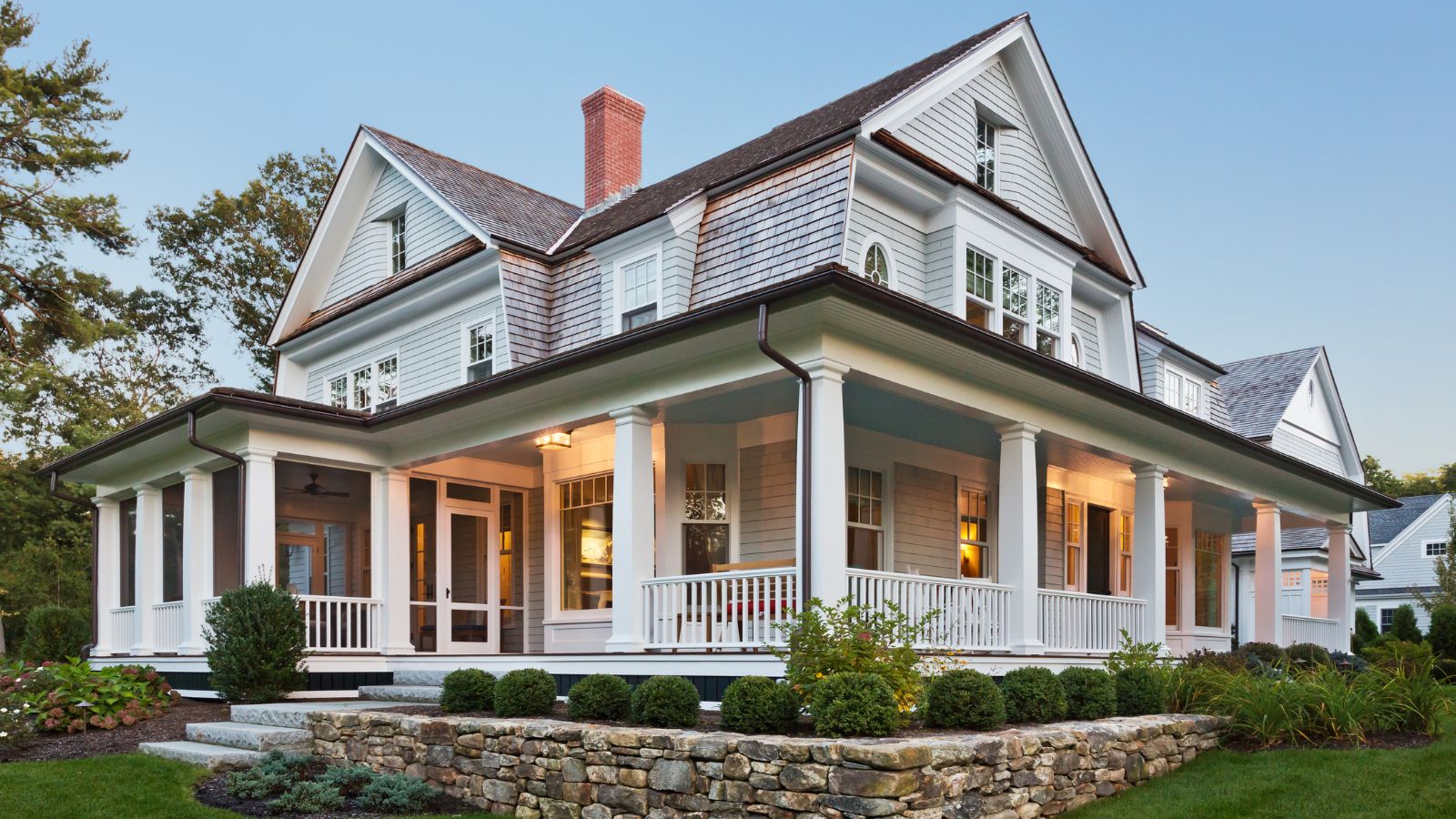
There are many reasons to renovate your house. You might have bought the worst property on the street for the challenge of fixing it up and making it the best. Painting or papering walls have become just Band-Aids for bigger issues in a house you've lived in for years. Or your family has grown, and the rooms don’t deliver what you all need from your home, calling for a radical refresh.
Whether you do it yourself or hire experienced professionals, renovating your home is an ambitious undertaking, but one that can result in your dream space for you and your family. Follow our guide for tips on how to make your reno project a success.
What is a renovation?
There is a technical difference between a renovation and a remodel. The former involves updating or restyling an existing space, while the latter involves changing its form with alterations to the property's structure, such as adding extensions or changing the purpose of rooms.
Renovations can be less intrusive and more affordable than a remodel, with a greater opportunity to do more of the work yourself without having to call in contractors.
Decide on the scope of your renovation
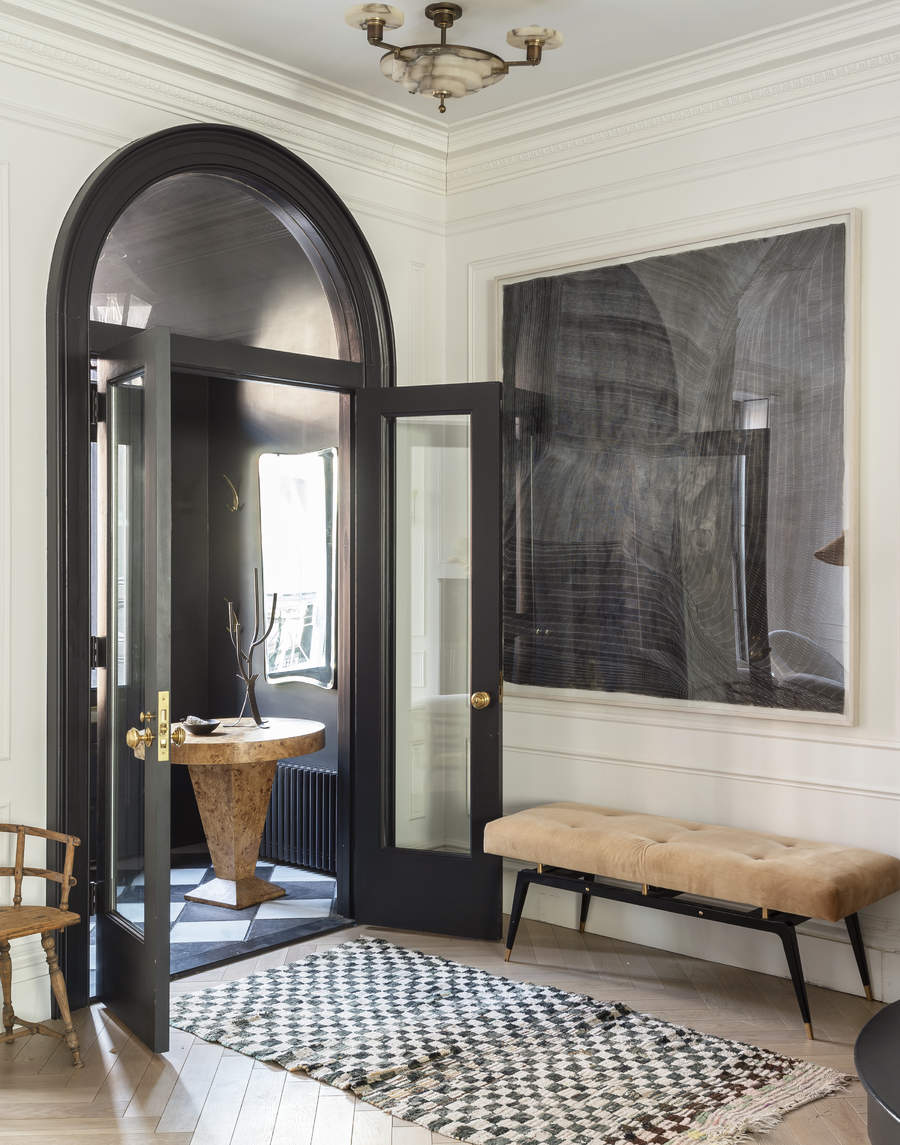
If you have purchased a fixer-upper, particularly if it’s an older home, you may need to take it back to the studs before you can start improving the look of the interior or exterior for you and your family. If it’s your long-term family home, it may be just one or two of the rooms that need renovating as you update and refresh over the years.
The different types are:
- Whole house renovation, including the yard.
- Kitchen refit.
- Bathroom refit.
- Bedroom/living room redecoration.
- Basement update.
- Installing new flooring.
- Installing new windows and doors.
- Upgrading or replacing exterior features.
- Repairing or replacing the roof.
- Upgrading plumbing/electrical systems.
- Rear and front yard landscaping.
Experienced DIYer John Coleman, Founder of Hardy Home DIY Solutions, advises caution before starting and to take the time to sufficiently prepare for a renovation: ‘Taking on a home renovation for the first time can be very exciting, and the anticipation of seeing the finished product may tempt the homeowner to jump straight into launching the project,' he says.
‘However, one rule I recommend that’ll have a significant impact on its success is to always have a detailed written plan to help you stay organized and on track throughout the renovation process. The more specific the plan is, the more effective it will be.’
Work out the cost of your renovation
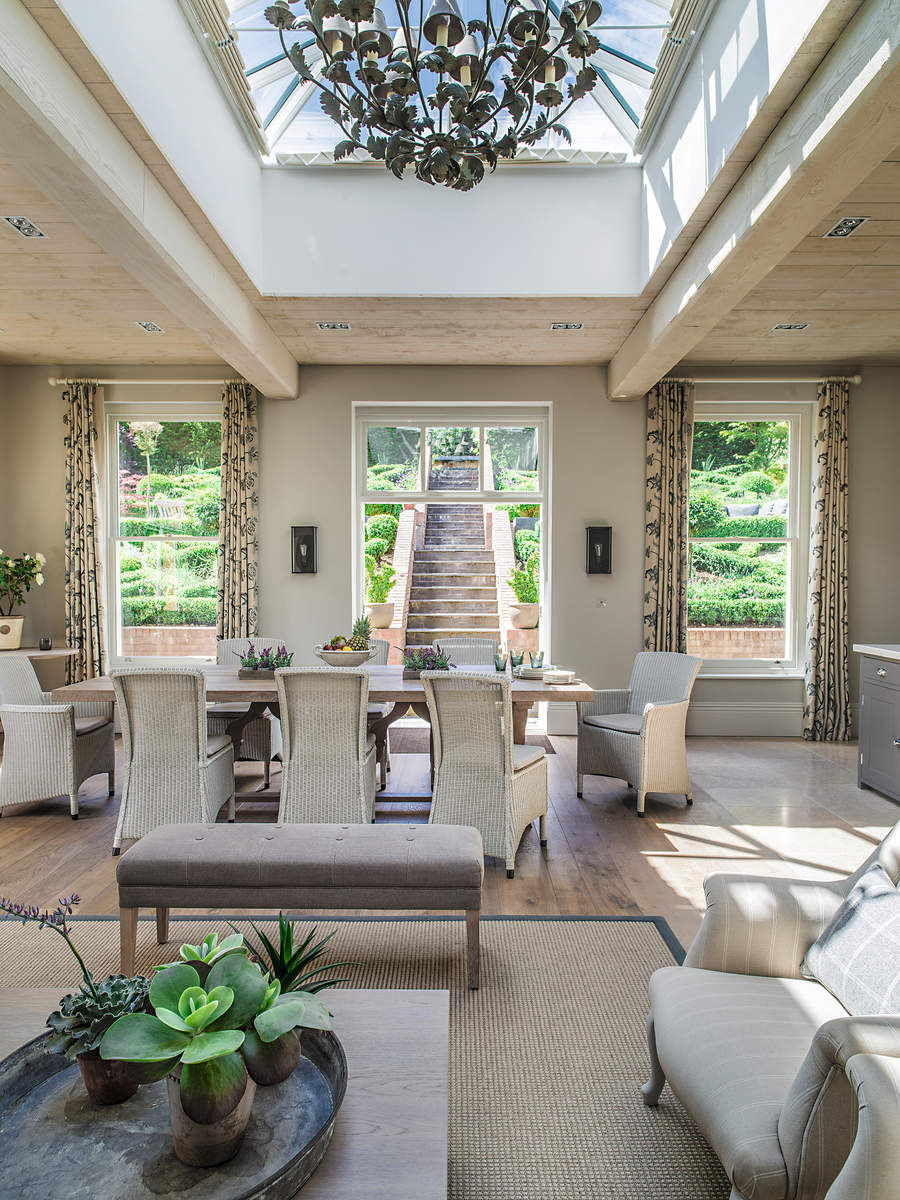
How much you budget for your renovation will depend on the size of your project and whether you are upgrading parts or all of the space, and also how much of it you can handle yourself vs hiring contractors.
You will need to include fees if you bring in an architect or an interior designer, and take into account the length of the project – a whole house renovation that lasts months may result in you moving out temporarily into rental accommodation or having to pay to store your furniture to protect it. Weigh up the pros and cons of living onsite during a reno.
According to Angi, the average cost of renovating a 1,250- to 1,600-square-feet house inside and out is $51,153, or $15 to $60 per square foot. This ranges from $3,000 for a basic redecoration up to $180,000 for a more extensive overhaul. Costs can escalate depending on how high-end the materials are and the spec of the fixtures and finishes. Location can also affect cost; for example, the average cost of a home renovation in San Antonio would be $35,900 compared to $56,500 for similar work on a home in a HCOL (high cost of living) city like San Francisco.
When you have worked out the approximate cost of what you want to do or have done, always include a contingency of between five and 10% to cover the unexpected expenses that invariably come up.
Average home renovation costs by room
Kitchen: $14,550 to $40,400
Powder room: $1,500 to $10,000
Half bathroom: $3,000 to $15,000
Full bathroom: $5,000 to $20,000
Master suite: $7,000 to $30,000+
Living room: $5,000 to $10,000
Bedroom: $1,500 to $5,500
Basement renovation: $21,700
Attic renovation: $4,600 to $16,400
*House renovation costs 2024 data from Angi
What permissions do you need for the work?

Building permits
If you are making changes to the plumbing, electrics or even the structure, a building permit will ensure it is up to code and safe for whoever is living there. You may also need one for creating an opening for a new window or door, renewing siding or replacing a water heater. You could pay less than $500 to cover simple rewiring and plumbing, or close to $3,000 for a project requiring multiple permits. If you fail to get them, a municipal building inspector could impose a stop-work order and you risk being fined. Always check with your local government office to see if your intended works need a permit.
Covenants, conditions, and restrictions (CC&Rs)
These can govern what you are and aren’t allowed to do to your house by the Homeowner’s Association (HOA). This can include the color you paint your house, what you do with your garage or whether you can put up a fence. These CC&Rs can actually be enforced by other homeowners and neighbors in the community in the absence of a functioning HOA.
National Register of Historic Places (NRHP)
If you have a period home that is on the NRHP, or is in an historic district, there may be restrictions to the changes that you can make. Improvements can be accepted if they fall under one of four conditions laid down in the Secretary of the Interior's Standards for the Treatment of Historic Properties. These are: Preservation, Rehabilitation, Restoration and Reconstruction, and all are designed to protect the character of the property.
Planning a schedule
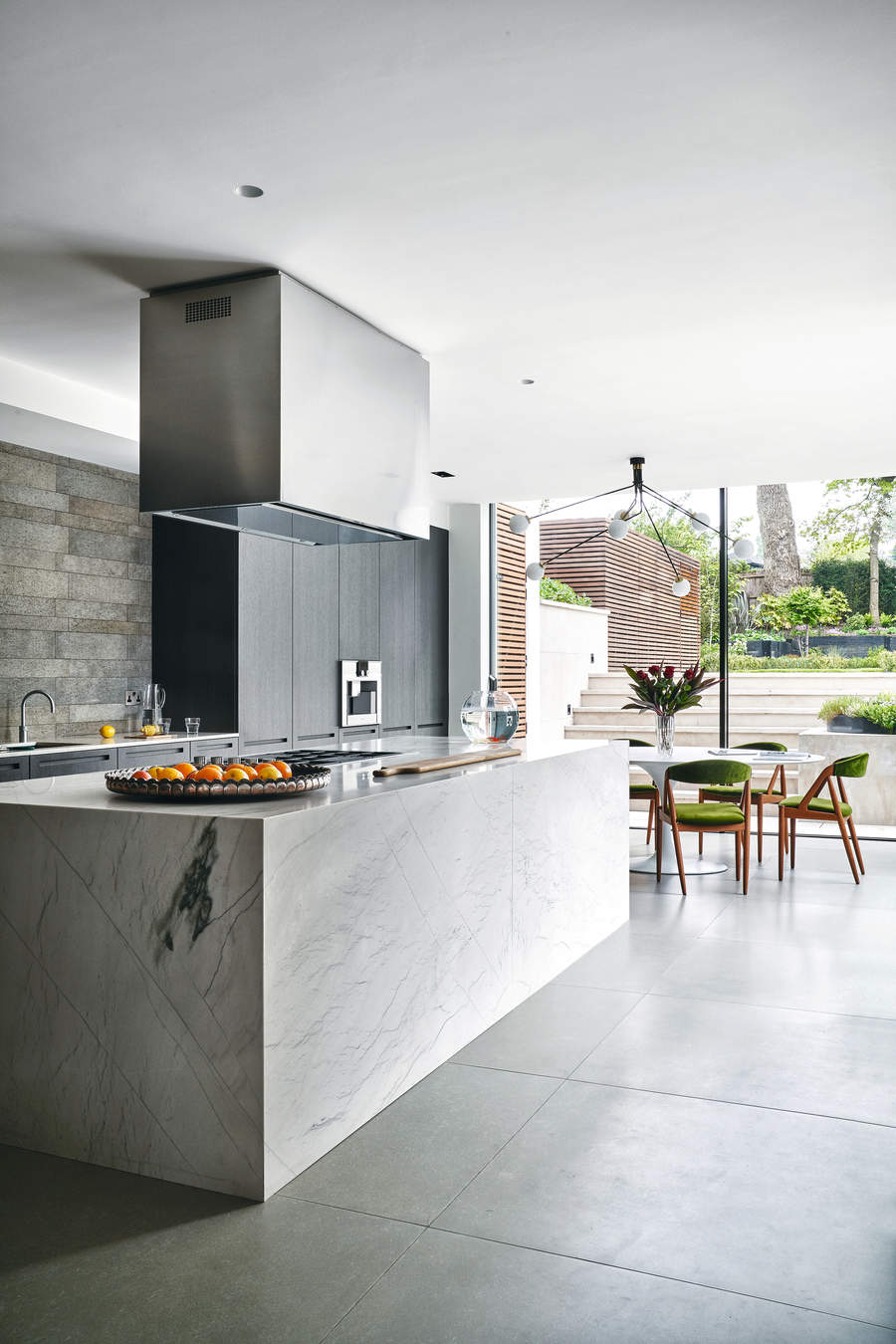
Putting together spreadsheets of timings and financials will keep things organized, help you manage your contractors, and monitor progress. Renovations can be physically, financially and emotionally draining, so making plans and setting goals can motivate you to stay on top of the work, avoid burnout and complete the renovation.
‘A realistic timeline will help you set realistic expectations,’ says John. ‘Benchmarking will break the job down into phases and allow you to track if you are staying on schedule. But be sure to allow for unexpected setbacks.’
Also, prioritize which rooms to renovate first – starting from the top down is a tried and tested way. Having a masterplan covering each space will allow you to understand how the updates and improvements you intend to do in one room will affect the others.
-
Decide on the scale and scope of the renovation. Figure out what you need from the house and how you want it to function for you and your family. Then, work out whether your aims exceed what you can afford to spend, and see what you can cut or where you can compromise.
-
Adding up the budget. To estimate the cost of your plans, you need to account for: professional fees for architects or interior designers; contractor hire (for anything you aren’t doing yourself); permits; insurance; material costs; rental (if you move out or store your furniture); tool hire, including skips; waste removal; fixtures, fittings and finishes; contingency. Look at the ceiling price of houses in your area. If your high-spec reno will far exceed what other renovated houses in the neighborhood have sold for, you may need to dial back some of your grander ambitions.
-
Interview the professionals. Hiring an architect or designer could be a real asset if you are doing a whole house renovation. They can talk about what you want from your home and have the experience to come up with innovative solutions to space, layout, and style problems. They can also draw up plans and help you get approvals for the work. Alternatively, you can rely on contractors to help bring your vision to life. Always get between three and five quotes for your project and don't be afraid to interview contractors. If they haven’t come through direct recommendations from family or friends, ask for references or to see other homes they’ve worked on nearby.
-
Plan a renovation that is future-proof so it works for you and for owners to come. ‘It’s a mistake to choose a design that reflects too much of the homeowner's personality,’ warns John. ‘At the time of the renovation, they may be pleased with the outcome. However, if they decide to sell the property, it might deter potential buyers as they would have to endure the cost of renovating the home again after purchasing it.’
-
Work out timings. You need an order of works to make sure the contractors come at the right time and in the right order. For example, if you’re having your house rewired or replumbed, this will need to be done before walls or ceilings are drylined and skimmed with plaster. If one of the sub-contractors is delayed, it could set the whole project back.
-
Decide how much you will DIY. The more you tackle yourself, especially if you've never tried it before, the longer it could take compared to paying a professional to do it. Time is money, so be sure which option is more cost-effective. ‘A common mistake new renovators make is attempting a job outside of their skill set,’ says John. When this happens, it usually results in the timeline being extended and additional costs being added to fix whatever didn’t go as planned.’
- Get your permits in place. If you have hired an architect and/or contractors, they should be able to advise you on any permissions you might need. You’ll need to submit detailed plans and paperwork to the municipal authority, who issue permits based on city ordinances. Requirements can vary from state to state, and even between communities in the same state. This permit process can take a few weeks to several months, depending on the project’s complexity.
Renovation work inside
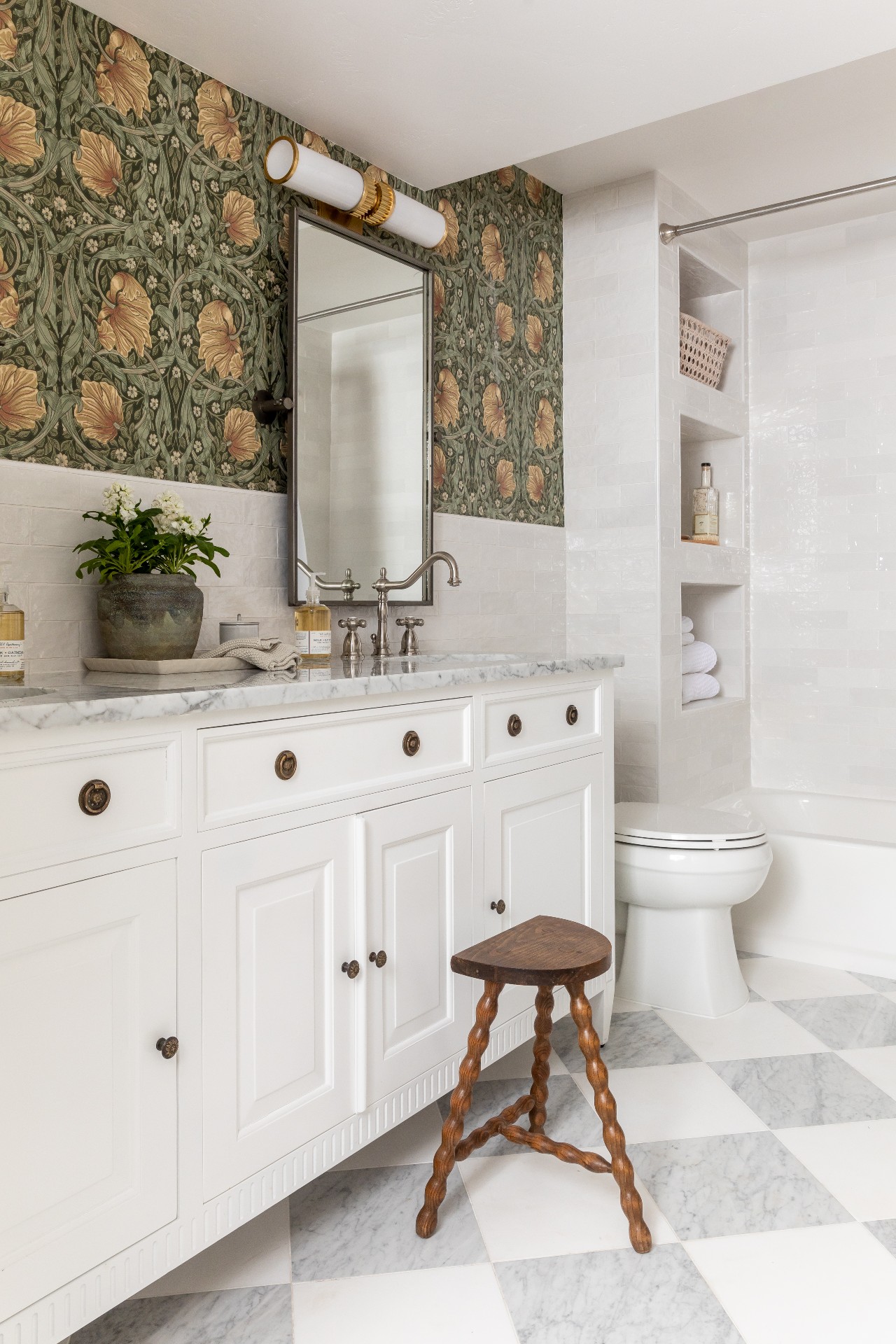
There are many interior home renovations you might want to consider for your property. Popular projects include:
- Strip walls back to the wood or brick if the sheetrock is beyond repair.
- Upgrade the insulation before adding drywall and replastering.
- Update your heating and cooling systems to make them more energy-efficient.
- Install a new lighting system (rewiring if necessary), adding or moving sockets and switches.
- Replace outdated plumbing and pipes.
- Expose and refresh shiplap walls.
- Replace and redecorate the surrounds of working fireplaces.
- Remove and update old flooring or carpets.
- Fit a new kitchen, replace old appliances, and redecorate.
- Fit new bathroom/powder room suites and retile.
- Replace/relocate/update staircases.
- Soundproof a bedroom.
- Replace or update internal doors.
- Decorate throughout.
- Replace light fittings and switches.
- Insulate the loft (the recommended level is 10 to 14 inches, depending on the type of insulation).
Renovation work outside
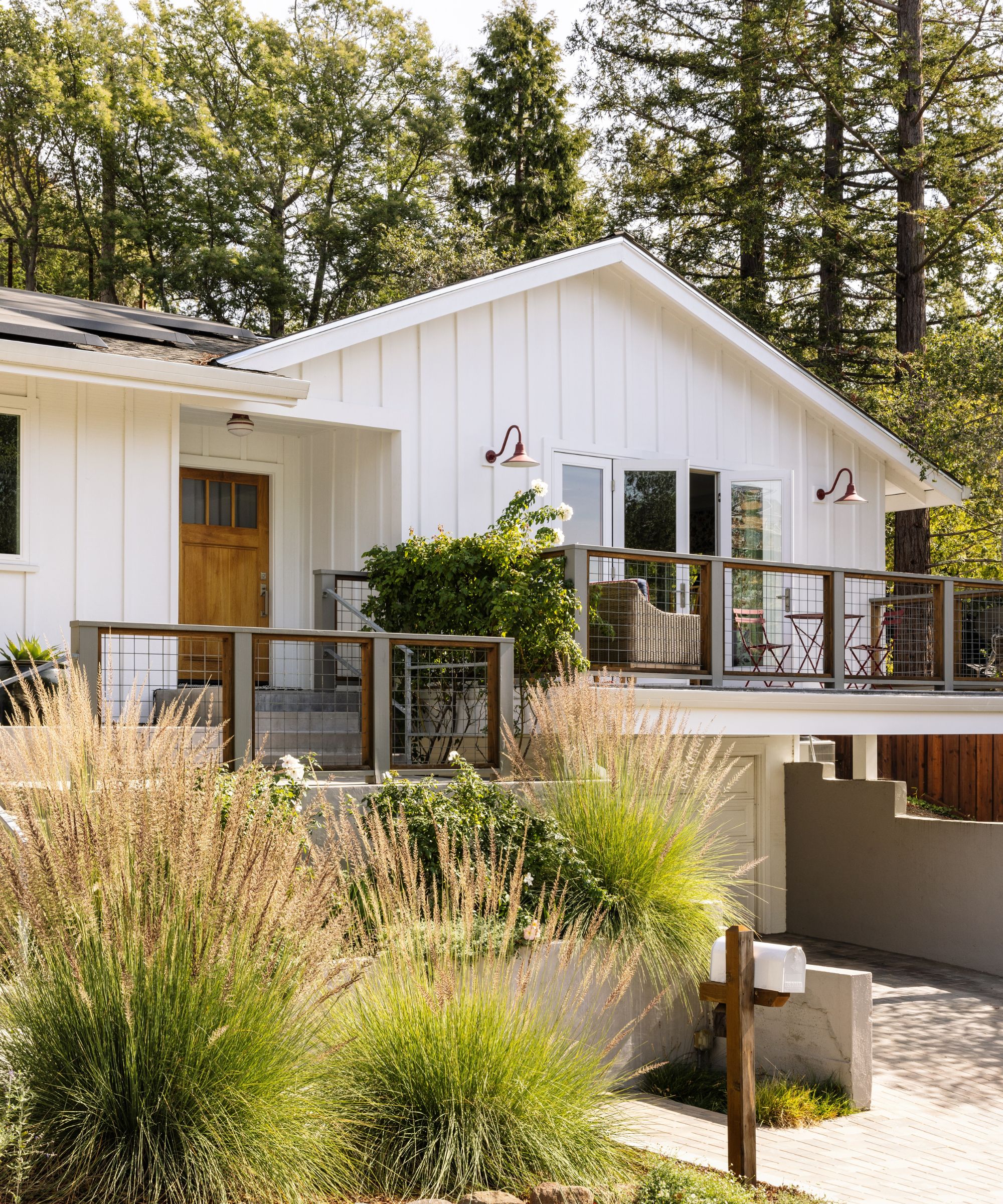
- Repaint the house.
- Replace or repaint windows and external doors, including garage doors.
- Repair or replace siding.
- Add or refurbish shutters
- Resurface or repair a driveway.
- Add or refurbish a porch.
- Landscape the yard.
- Replace the roof or cracked/missing tiles.
- Pressure clean a moss and algae-covered roof and clean/repair gutters.
- Repair the chimney (or remove if not being used).
- Replace broken fencing (if fencing is permitted).
- Upgrade outside lighting.
- Build a deck.
Once you have made your plans, hired your professionals, sourced your materials (if doing a lot of the work yourself), obtained permits and insurance, and warned your neighbors about the work (for the sake of their goodwill and understanding if you anticipate lots of mess and noise), you are ready to start.
The order of work
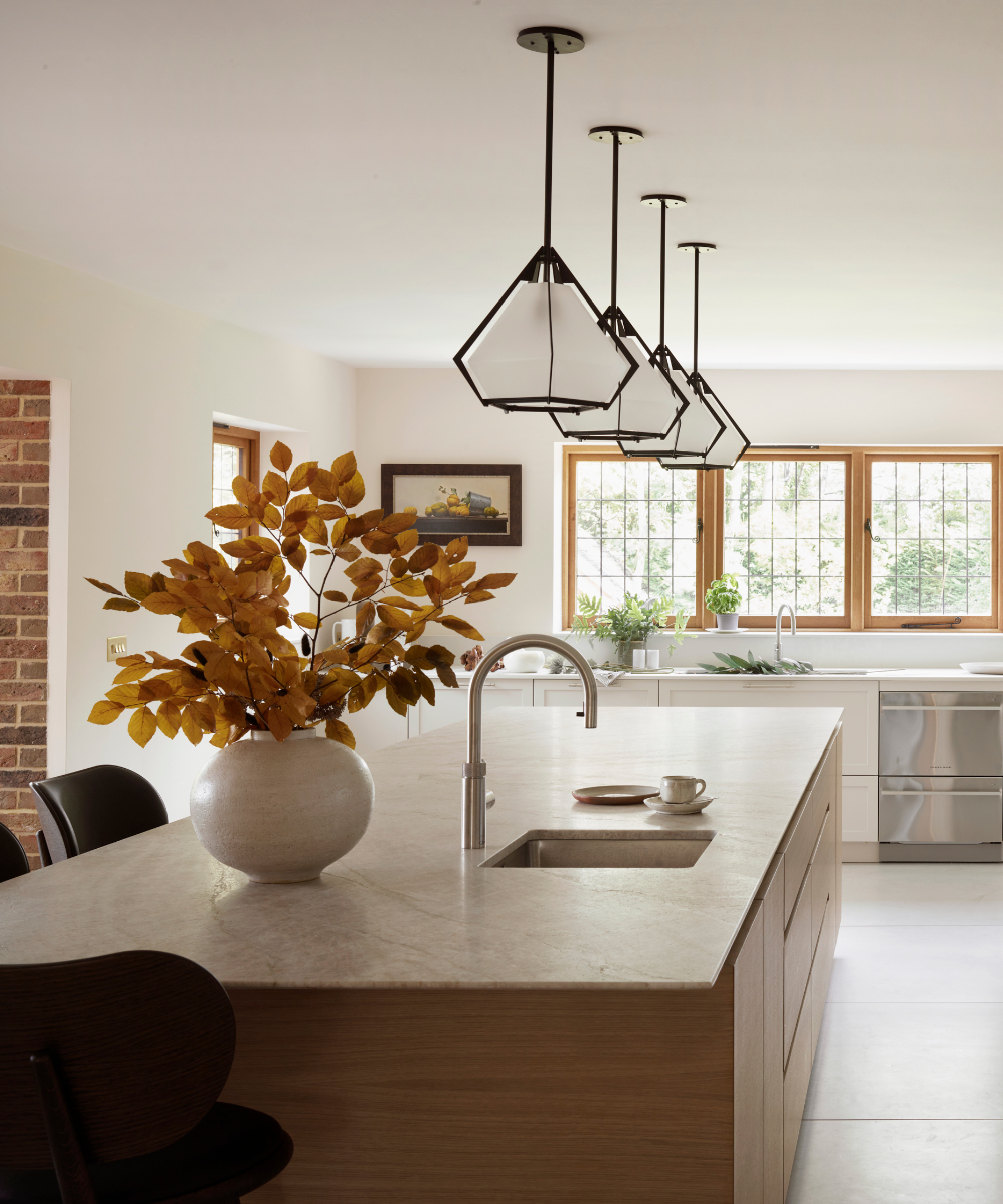
Doing jobs in the right order will help to prevent hold ups and avoid having to go back and redo work already completed.
-
Strip out anything and everything that you are planning to replace or that can’t be repaired. This could include old drop ceilings and broken or warped flooring. Old fixtures and fittings, if they are in good condition, can be sold on Facebook Marketplace or Craigslist, or you can try and give it away. Hire skips to remove the junk you can’t get rid of or take to the municipal dump.
-
First fix. In a renovation this would involve tasks fitting things that will be hidden behind freshly plastered walls. These include the installation of new cables if you are rewiring or upgrading the electrical and lighting system; adding window frames, ducts for heating, drainage connections and waste pipes, door linings and back boxes.
-
Once all the wires, cables, and pipes have been placed, you can add drywall and plaster skim. Screed uneven floors to ensure they are level and ready for the top layer, whether it is hardwood, tile, or underlay and carpet
- Second fix. This part of the project finishes what was started in first fix. This means fitting lights, sockets and switches; TV and phone points; hanging doors and fixing architraves; fitting bathrooms suites and installing new kitchen units and work surfaces; boxing in and plastering over exposed pipework; installing baseboards.
- Finishing touches. Lay carpet and flooring. Paint, paper, tile or panel walls. Dress your windows and reinstate your furniture.
You may find it helpful to create a mood board for your home renovation. With so many plates to spin, this will help you to ensure each room has a cohesive look.







